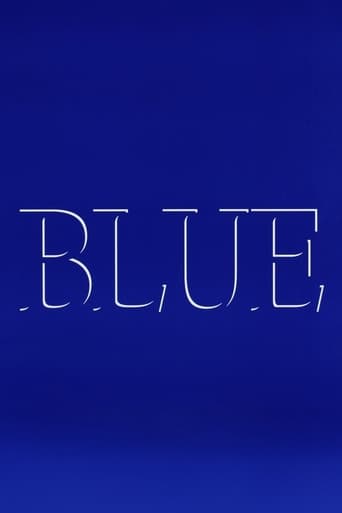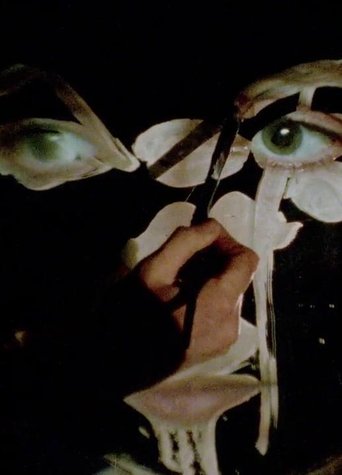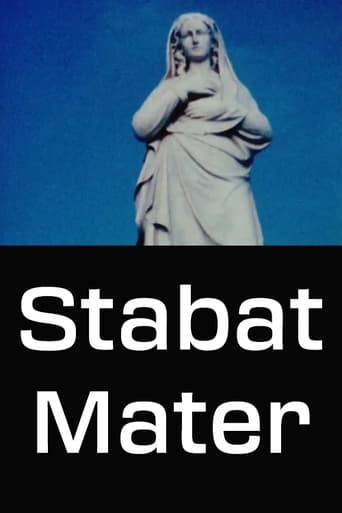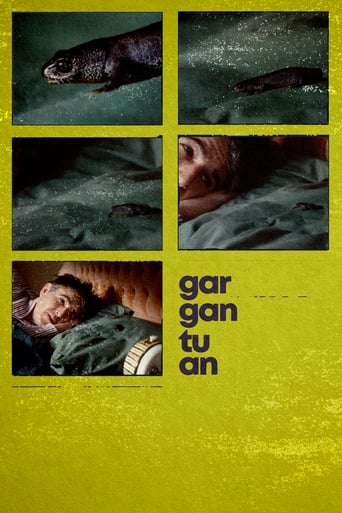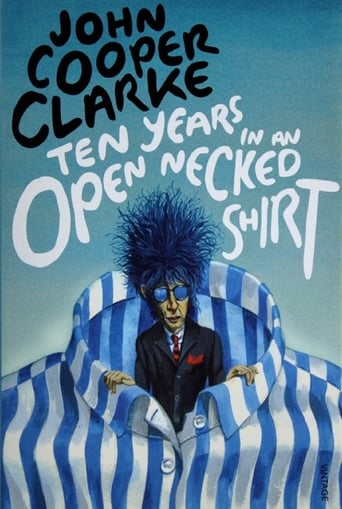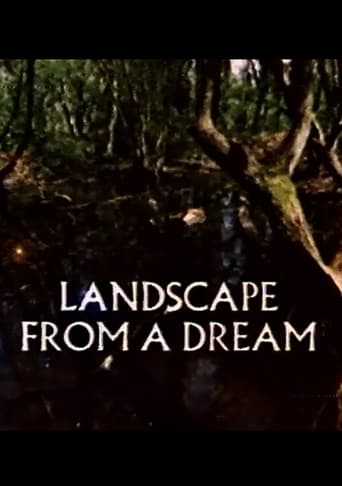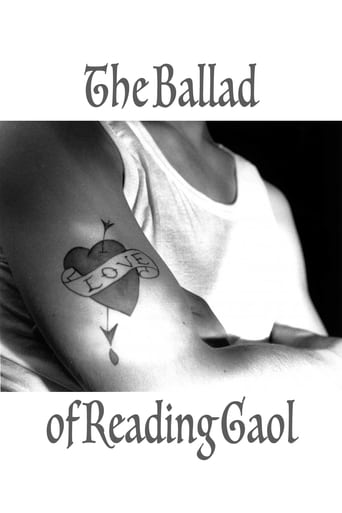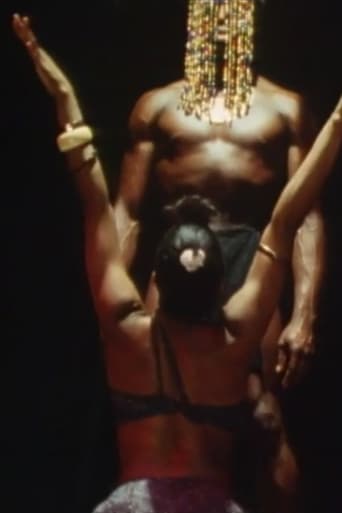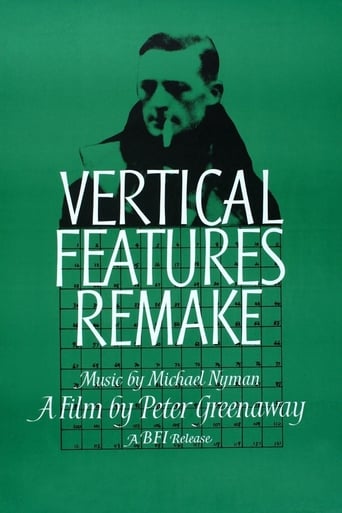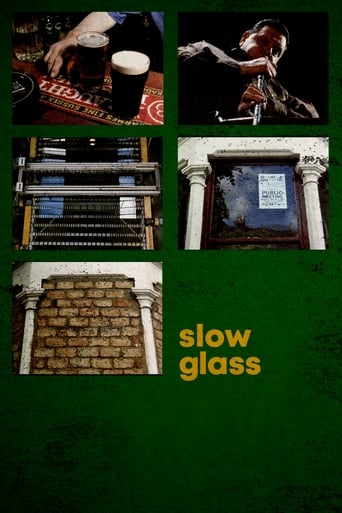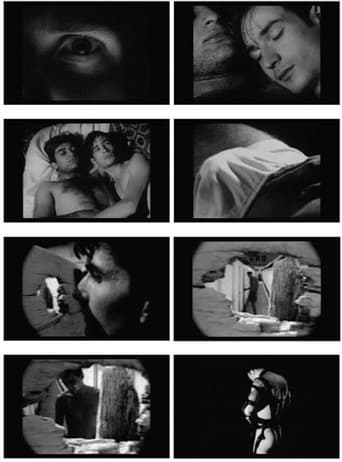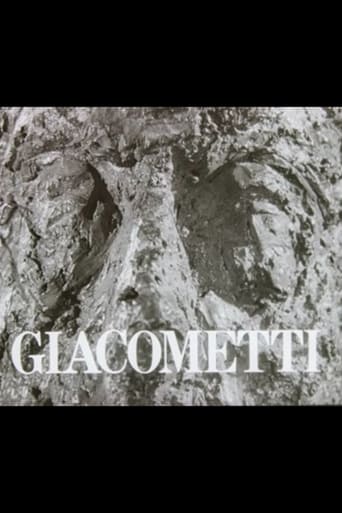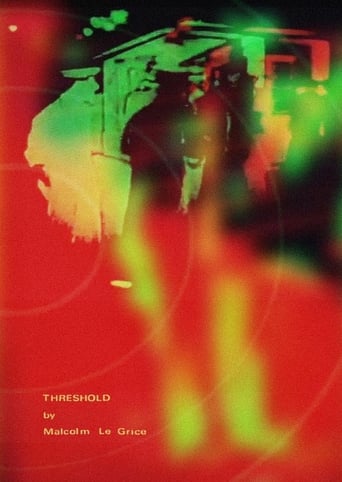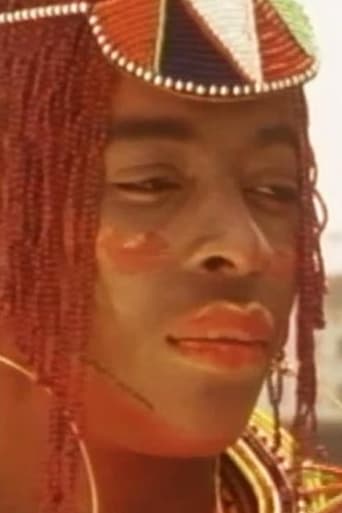It is night and, in the foyer of a small hotel, a receptionist performs her tasks, unhurried and impassive, her face ghost-white, an emotional mask. Like the camera, she gazes steadily, both silent spectator and vicarious participant in the fantasies played out by the hotel's transient guests. As the night progresses, she answers a phone, hands over a key; guests pass back and forth gradually taking on a dream-like presence. She continues to work and, when morning comes, she leaves, her nightshift over. 'NIGHTSHIFT shows what film can do if the conventional pace of narrative is slowed down and montage diminished. It is not a new idea, of course, but the way it is done here is both absorbing to look at and satisfying from the moral point of view.' (Jill Forbes, Monthly Film Bulletin)
